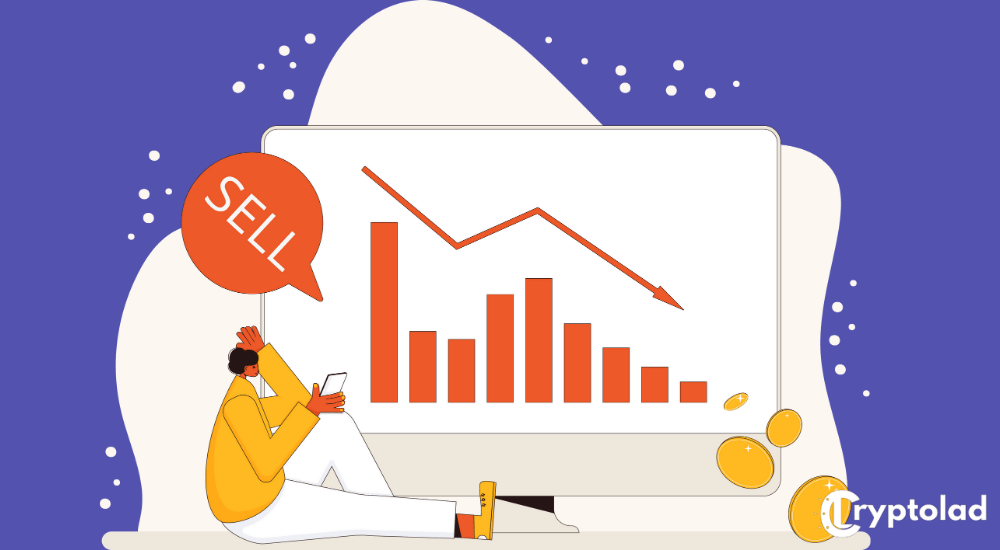Bull Market Vs Bear Market Explained
There’s hardly anyone who isn’t intrigued by the economic jargon like “bear” and “bull markets” being peddled around whenever you switch to a news channel.
If you’re unaware of these terms, don’t worry, they’re just Wall Street verbiage used to describe the trends in a market.
Let's get started...
What is a Bull Market?
Generally, a bull market is a particular period where prices of stocks rise at a sustainable rate for months or, in some cases, even years.

It’s mostly linked with stock markets and share prices, but that doesn’t mean that other asset classes like commodities, real estate, or forex can’t have bull markets as well.
Identifying a Bullish Market
The bull market event starts when stocks usually hike to around a 20 percent increase in their prices and ends when they drawdown 20 percent in decline.
These bullish trends can only be observed in retrospect as many things are relative.
Numerous things are associated with a bull market that allows investors to recognize it.

Bullish trends occur during periods of relative economic strength or growth.
They’re often accompanied by a GDP growth period and plummeting unemployment rates while company profits continue to soar.
Apart from that, a great non-numerical pointer for a market going through bullish trends is the relatively higher investor confidence in the market.
This results in higher demands for more stocks while the general sentiments in the market tone tend to stay positive.
How to Invest in a Bull Market
No matter what the market behavior is like, it would be best to focus on long-term returns and long-term growth in wealth as an investor or trader.
Your efforts should be concentrated on recognizing which of the stocks will do well in the long run despite relative growth or decline.

Therefore, it’s not always necessary to barge in only when the stock prices are low.
The smart thing would be to learn the concept of dollar-cost averaging, which can help you invest during a bullish market trend.
Historical Examples of Bull Markets
The bull market trend that started after the 2008 turmoil in 2009 and ended in 2020 due to the pandemic outbreak is one of the longest in market history and is also the latest to observe.

A simple look at S&P 500 tells the tale of how it flattened out in March 2009 and then kept climbing till this year’s plunge.
Another bull market was observed before this from 2002 to the time around the financial crisis in 2007.
What Is a Bear Market?
A bear market is a condition in the stock market where stock prices drop by more than 20 percent from their previous highs.
Consequently, investor confidence and beliefs start to dwindle, and a sensation of pessimism and hopelessness takes over the stock market and the economy.

Alright, but where does the name come from?
Well, it’s based on how a bear attacks its targets while swiping down its paws.
If a stock market is said to be in a bear market, it means all trends project regressive outlooks, and the downturn could last between a few weeks to several years.
What Happens in a Bear Market?
It’s common for stock prices to rise and fall, but simple things can become difficult very fast if we’re in a bear market.
This scenario is termed volatility, which means that stocks can go down or up very unconventionally and unpredictably.

As a result, investors' panic starts to translate into many different issues like them not taking risks and being worried about losing their capital.
During a bear market, economic growth slows down and weakens businesses.
This turmoil in the market causes them to downsize and let workers go.
A drop in consumer’s confidence propels them into a conserved mode because they lose well-paying jobs causing them to focus on their basics first to prepare for worse conditions.
What Causes a Bear Market?
A bear market can occur due to several reasons ranging from a full-borne financial crisis (like the famous 2008 real estate market collapse) to some group of investors overzealously reacting to some bad economic indicators.
These start a domino effect that eventually ends in a bear market crisis.

Any situation like the one we’re in right now during the pandemic can cause a frenzy in the market and induce investors to pull money out in a bid to avoid heavy losses.
It’s money; after all, who wants to lose it?
How Frequently do Bear Markets Occur? How Long do They Last?
Bear markets aren’t that uncommon; they’ve been occurring since the opening of capitalist stock markets, whether it’s a great depression or the modern-day 2008 turmoil.
What’s good is that they tend to get back to normal themselves within a short period pretty quickly.
However, if the stocks keep falling more than 20 percent in some rare cases, the economy may enter a recession or even cause a negative GDP growth rate.
That said, they’re a common and natural part of any economic cycle that must be treaded on carefully.
Bull Market vs. Bear Market
Bear markets and bull markets are the exact opposite of each other.
Bullish trends are marked by high investor confidence, optimism, and soaring stock prices.

This means that investors feel good about investing their capital into companies listed on the stock market and economic conditions are suitable for conducting business.
Another major difference seen in the previous years is that bull markets tend to last longer than bear markets.
A simple study of post-WWII stock markets can show that average bull trends last from around 4 and a half years to 7 years.
Final Thoughts
Whether you're in a bullish or bearish market, it's essential to always trade with the trend and not be swayed by your emotions.
We hope you enjoyed this explanation, happy trading!
PS: We Love Your Comments!
Let us know your thoughts below...
